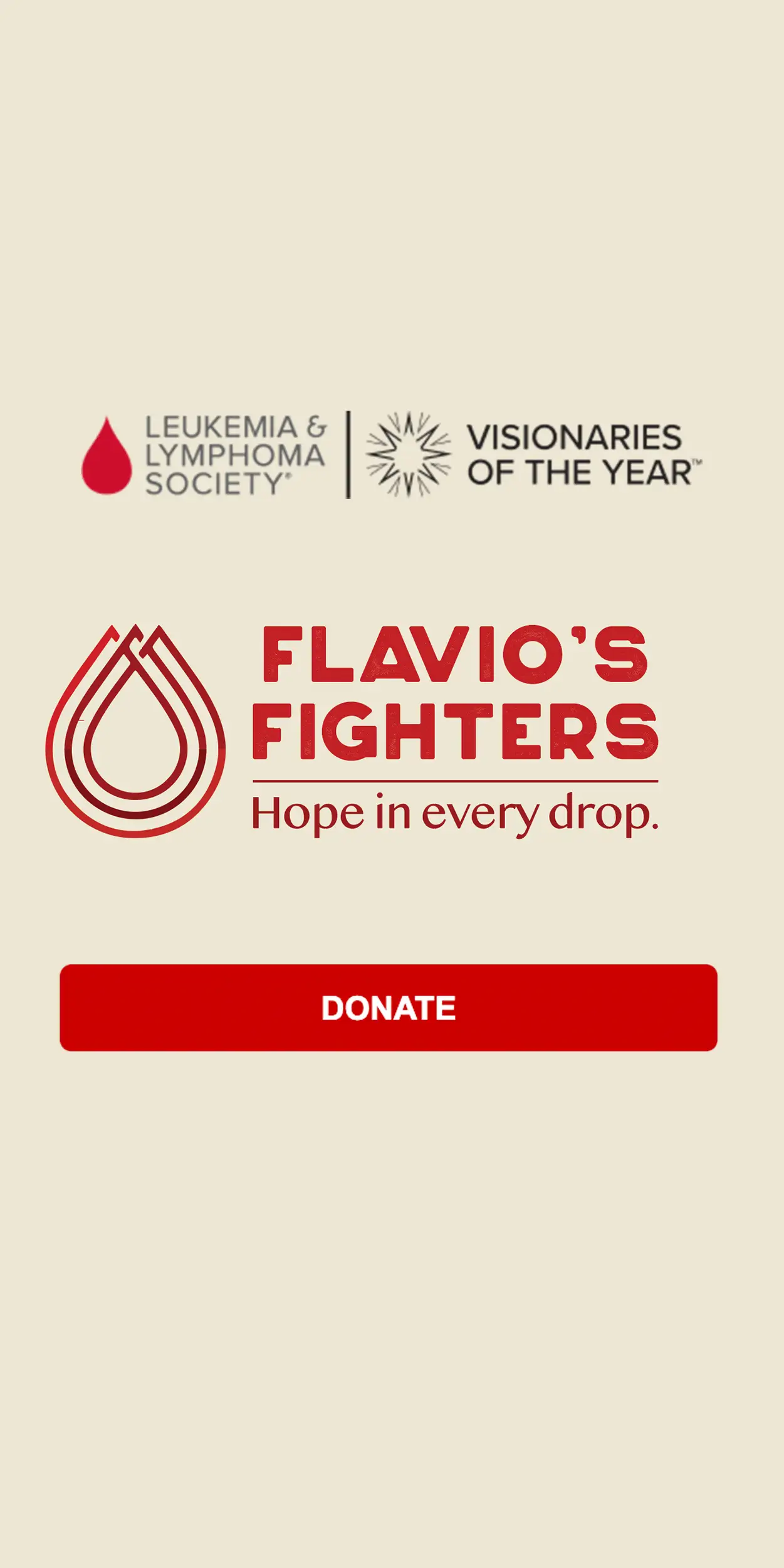How early interpretations shape behavior in the workplace
By Adriana Reid
Why This Matters
Imagine every leader and team member in your organization wearing invisible lenses that filter and shape how they perceive everything: what is said in meetings, expressed in emails, the silences, the praise, or the criticism. Through these lenses, they interpret reality based on past experiences. These lenses weren’t made yesterday—they were shaped in childhood, when we learned what felt safe and how to behave to belong.
In today’s corporate environment, initiatives promoting leadership and wellness are prevalent. Yet many fail to create lasting change because they overlook a crucial reality: much of adult behavior isn’t the result of rational decisions, but of emotional filters formed decades ago. Until these unconscious patterns are recognized, they continue to shape organizational culture from the shadows.
The Origin of Filters

In childhood, we create interpretations to make sense of our experiences: the presence or absence of affection, how our emotions were responded to, and whether our identity was validated. These interpretations become the filters through which we view authority, success, failure, and conflict.
During adulthood, these filters can appear as:
- Leaders who micromanage because making mistakes felt unsafe.
- Team members who avoid difficult conversations out of fear of rejection.
- Teams that struggle to trust because no one feels safe being vulnerable.
These reactions aren’t about the present—they stem from old emotional narratives.
The Organizational Impact of Invisible Filters

Organizational culture isn’t created by strategies or policies alone—it emerges from the unspoken and projected emotions. When filters remain unacknowledged, you see:
- Communication breakdowns
- Low emotional accountability
- Chronic mistrust or perfectionism
- Recurring burnout, even after breaks or incentives
It’s not that leadership or wellness initiatives are poorly designed—they just don’t reach the root: the emotional system operating beneath the surface.
From Surface to Root: Rethinking Impact
This isn’t about turning companies into therapy offices, but into spaces of awareness. Safe environments where performance discussions also include reflecting on our own filters, presence, and responsibility for impact. When individuals identify their filters, they begin to choose how to respond. Leading from this awareness shifts the culture from reactive problem-solving to intentionally designing it around human potential.
Conclusion: Leading from Awareness
Investing in emotional awareness isn’t a luxury—it’s essential for any organization that wants to thrive. Leading with an understanding of our invisible filters builds more humane and sustainable cultures. Only when each person is aware of the impact they have on themselves can the organization create a conscious impact on the world.
“In a world full of machines and technology, being fully human will become a revolutionary act: JUST BE.” ~Adriana Reid

For workshops on conscious leadership, write to [email protected] with the subject “Interest/Binational Magazine Fall 2025.” Subscribe for more reflections on personal development and exclusive content from Be2Be Coaching.








































Leave a Reply